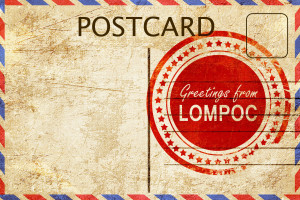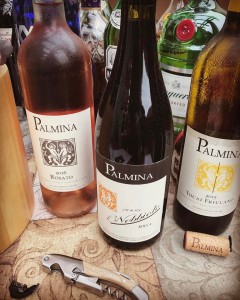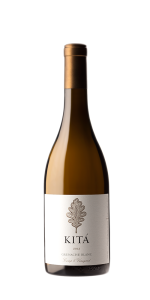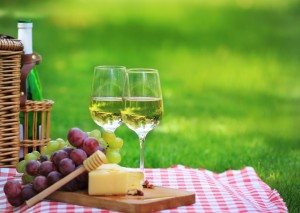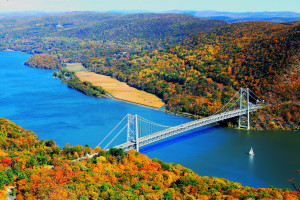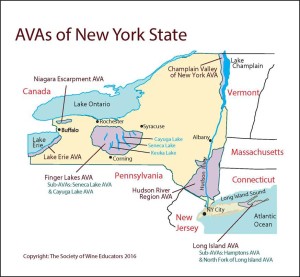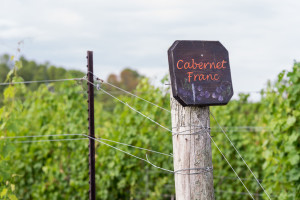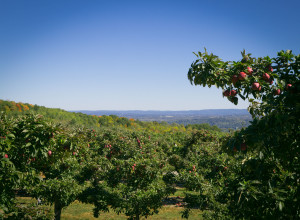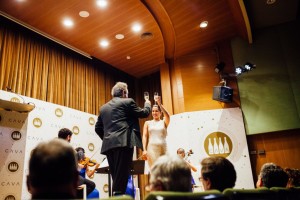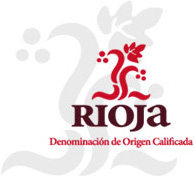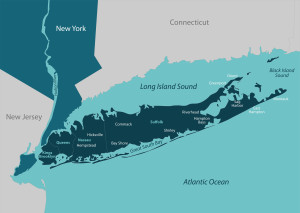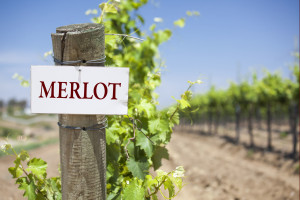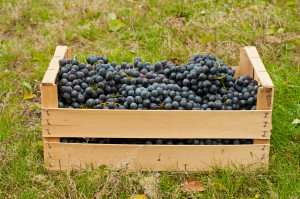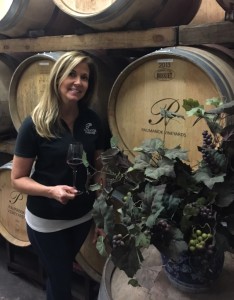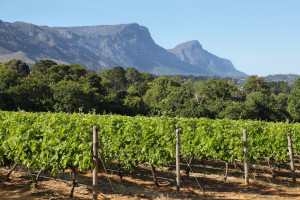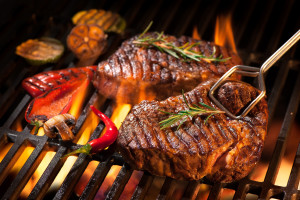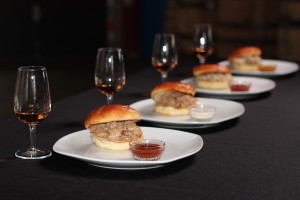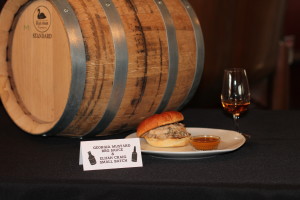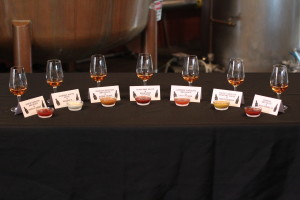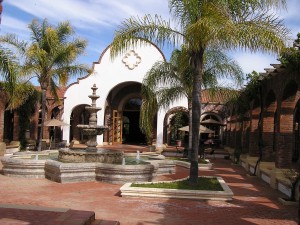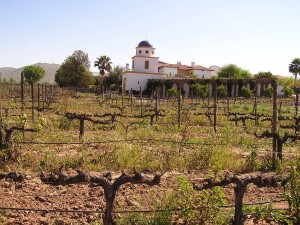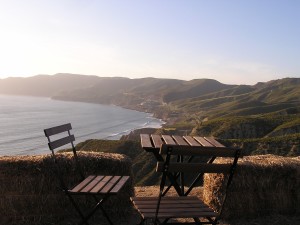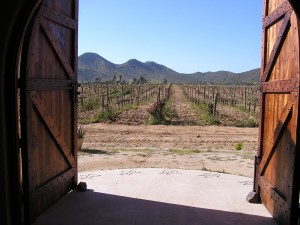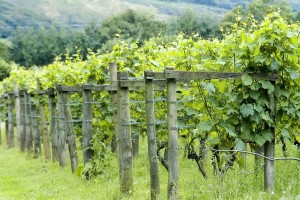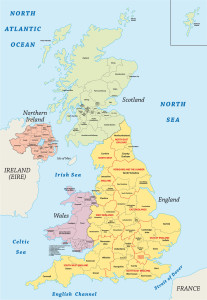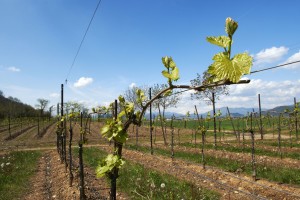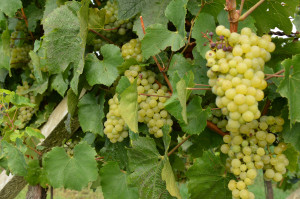Learning Lompoc, or, my Visit to the Lompoc Wine Ghetto
By Candi, CSW
Today we have a guest post from a frequent contributor who we have learned to know and love by the pseudonym “Candi, CSW.” Today, Candi takes us along on a tour to a wine warehouse area affectionately known as the “Lompoc Wine Ghetto.” Read on!
I have made several tasting trips to Santa Barbara County in the past. Los Olivos, Santa Barbara-based tasting rooms, Santa Ynez Valley, and Solvang are among prior destinations.
However, until this year, I had never been to the Lompoc Wine Ghetto. The name “Ghetto” was intriguing enough to warrant further research. Looking at a few websites, it seems that the Lompoc Wine Ghetto acquired the name from an early tenant. It is considered a term of endearment and has been adopted by Lompoc as a way to promote the destination.
Driving into Lompoc, one of the first signs I saw pointed me to the Wine Ghetto. The setting is an industrial park/warehouse area, complete with gravel parking lots. There seemed to be at least a dozen wineries, and a few craft breweries. Some of the wineries have tasting rooms with regular hours. Others are by-appointment only. I chose to visit one of each—Palmina and Kitá, respectively.
I had wanted to visit Palmina Wines during prior visits to the area, but their tasting room schedule did not match up with our travel schedule. This year, I visited on a Saturday. There were regular hours scheduled, and I arrived shortly after Palmina opened in an attempt to avoid the crowds. This worked well; by the time I left it was getting busy.
My interest was due to Palmina’s focus on Cal-Ital. I am a big fan of Italian varietals and have found few domestic wineries that make Italian-reminiscent wine with Italian grapes. At Palmina, I hoped to add to my list. They feature two tasting flights—one is their traditional line of wine, and the second, La Voix, is their elite level (and thus more expensive). I opted for the former, but was graciously offered a few other wines as a bonus.
The most interesting wine tasted was a sparkling Nebbiolo, served in frosted flutes. Had price been no object, I would have purchased a bottle. My frugal soul, however, was calling. For purchase, I gravitated to the traditional line. This brand met my Italianate criterion. First, a rose’ of Sangiovese, Dolcetto and Barbera. A Dolcetto and a vineyard-specific Barbera were my other picks. The tasting fee was waived with my purchase. Service was very good; the staff patiently, helpfully, responded to my detailed (OK, geeky) questioning. I would visit again.
My appointment at Kitá Wines, made about a month in advance, was interesting, educational, and the best-organized by-appointment tasting I have ever experienced. The setting is a warehouse—so discreet I had to ask for directions. A small sign, a door, and a buzzer. I rang at the appointed time. I was greeted by the young lady in charge of marketing for the winery. She apologized that the vintner would be late, but she was ready to start the tasting. She was well-organized. A table had been set up, a glass for her and one for me, and bottles of water. Eight opened wine bottles at the ready. Detailed tasting information, about a page long, for each wine. The tasting notes were a take-away item for me. Perfect for my notes.
My server seemed a bit sheepish about the $10 tasting fee. She noted, as I had already learned, that the fee is waived with a 2-bottle purchase. I explained that I believed their policy was quite reasonable and, further, that I had researched the winery and would not have made an appointment was I not prepared to purchase. She was quite happy with my response, and we proceeded to take our time.
I learned that the Kitá Wines brand is part of the Chumash enterprise, which includes other hospitality industry product lines. Among these are hotels and restaurants. So the Chumash tribal council has an oversight and leadership role. Interesting trivia: the wine label had to be approved by the tribal council of about 130 people. Classy label, that.
What about the vino? Each of the wines was solid, interesting, and purchase-worthy. I was most interested in the wines created from the Camp 4 Vineyard. This vineyard is Chumash-owned.
My white choice was a 2013 Grenache Blanc. I ordinarily would not purchase a 2013 vintage in 2017, but this was still extraordinarily fresh, juicy and lively in its presentation. And a varietal favorite with few good domestic examples found before.
I also bought the 2013 Spe’y red blend. This wine is a blend of Grenache, Syrah and Carignane. Not the usual Rhone-style blend. The Carignane added backbone; the wine was balanced, complex and layered. Too fascinating to pass up.
My third and final choice was the 2013 Syrah. The attraction here was softer tannins than I often experience with this varietal. Plus a finish that seemed to go on for minute after minute. Overall impression: unusual and compelling.
Toward the end of my visit, the vintner did indeed arrive and provided further information on the aging potential of each wine. And, for the first time ever, I witnessed a vintner driving a forklift. Clearly, a small operation with everyone pitching in. And making very nice wine as well.
After two tastings, I had to have a break for safety before driving. Fortunately, I had the foresight to pack a picnic lunch. It seems that the Lompoc Wine Ghetto has no food service facilities, although some of the wineries wisely offer a bit of food. But visiting a restaurant would have required driving. While I enjoyed my picnic, I had the opportunity to observe the Saturday afternoon crowd. As the afternoon wore on, the noise level rose such that, even in the parking area, I could detect people having a good time. Most interesting to observe and a validation of my own strategy. Have food, hydrate, and take my time before hitting the road.
I had one more stop on my way back to my hotel. Captain Fatty’s Craft Brewery, located in yet another warehouse, this time in Goleta. I am not a beer drinker, but I do have my CSW skills. A project of mine is transferring matching-type skills to craft beer, which my husband enjoys. I wanted to purchase something he could not get in our home location, and had done my research. In my experience, finding a craft brew tasting room that offers beer in 12-ounce packaging is not common. Most of these facilities feature 22-ounce bottles and growlers, as well as beer on tap.
Captain Fatty’s featured freshly-canned beer, 12-ounce cans, in six packs. This packaging is perfect as a take-home gift. One of the six-pack choices was their Beach Beer, a Pilsner-style lager. My husband avoids bitter beer, which rules out most IPAs. I believed the Beach Beer was a match. Turns out I was correct: the beer rated 2 thumbs up.
Overall, a most successful day. Wines for both of us to enjoy, and an unusual brew for a gift. The wine will be enjoyed. The beer is almost gone. Cheers!
Are you interested in being a guest blogger or a guest SWEbinar presenter for SWE? Click here for more information!
